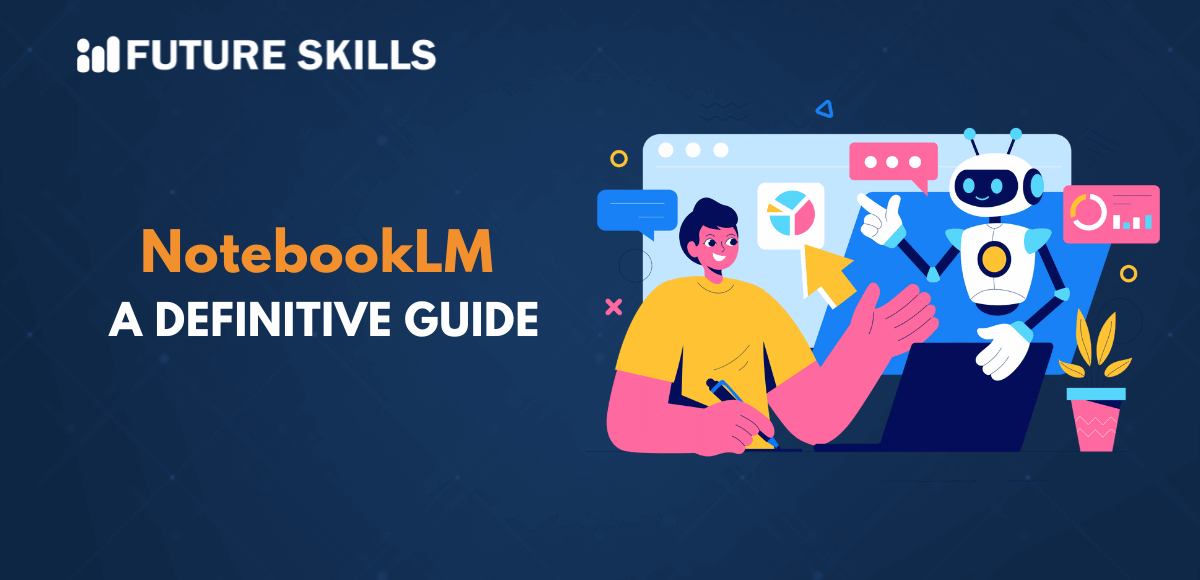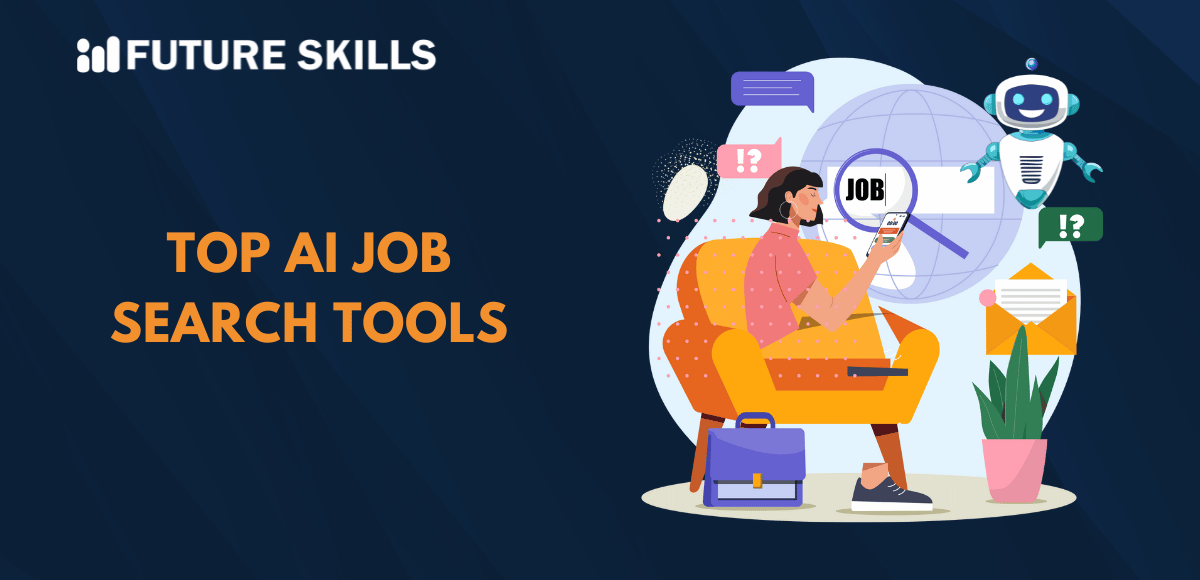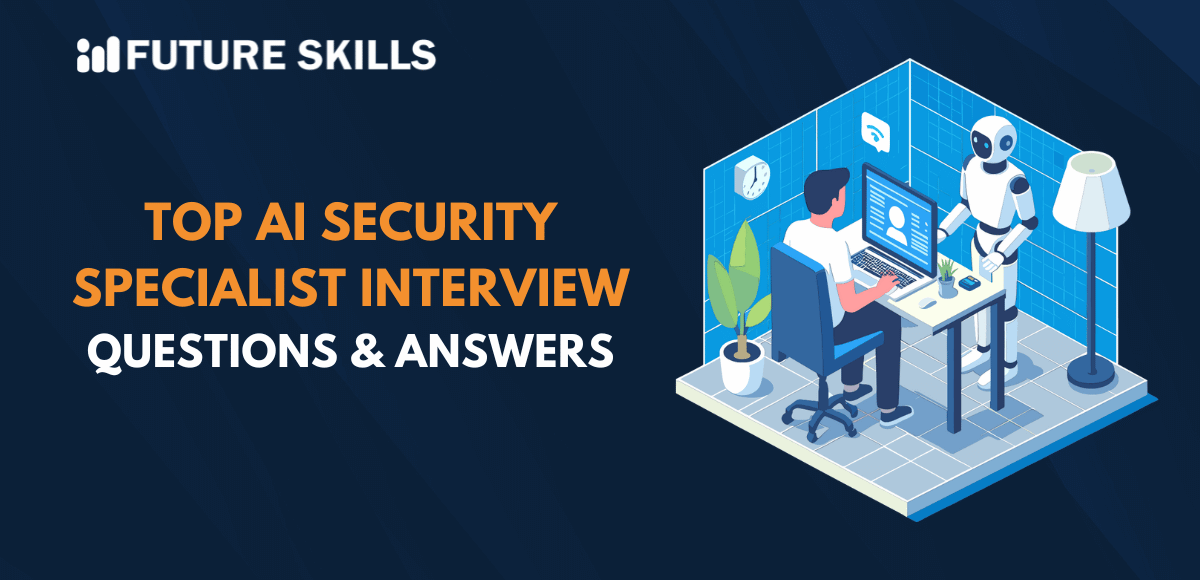Businesses all over the world have to rely on data as a strategic priority. The ability to make sense of data can help in making better decisions and transforming conventional perspectives on utility of data. You would need different types of machine learning to obtain insights from data without worrying about the growing volume of data. Machine learning helps in analyzing data without the complexity associated with traditional tools.
The development, testing, iteration, and deployment of analytical models for identifying specific patterns and insights can take a lot of time. Machine learning is a crucial subdomain of artificial intelligence that helps machines learn and improve independently by using different algorithms. Machine learning empowers machines to implement continuous modifications and improvements as they gain new experiences. Let us learn more about the different variants of machine learning and their implications.
We offer the best Certified AI Professional (CAIP)™ Course that will transform your career and take it to new heights by making you an AI expert. Enroll today!
Unraveling the Importance of Machine Learning
The definition of machine learning clearly showcases their importance in the existing world as ML can create machines that could learn independently. You can come across applications of machine learning in almost every industry and business process. Machine learning helps in healthcare, personalizing shopping experiences, inventory management, optimization of shipping routes, and factory automation. The scope for applications of machine learning is expanding continuously and can lead to new opportunities.
You must focus on queries like ‘What are the types of machine learning?’ in an era where the world is creating more data in a day than ever in history. Machine learning is important because it can help in analyzing the massive collections of data to ensure their meaningful use. Machine learning has opened new avenues for businesses in different functions such as customer service, data analysis and security. At the same time, machine learning also presents promising opportunities for driving innovation in design of autonomous vehicles, robotics and AR and VR technology.
Understanding the Working of Machine Learning
The ability of machine learning to empower different industries, including human resources, finance, and healthcare, has also introduced some complications. Validations and training datasets required for ML technology are generally developed by humans, thereby creating concerns of errors and bias. It is important to diversify ML usage with the help of different algorithms that offer unique benefits and capabilities for specific tasks. You can identify the reasons to use different machine learning types by diving deeper into the working mechanism of machine learning.
The primary element in the working of machine learning is an algorithm. You have to train the algorithm with different datasets to achieve a specific outcome such as object recognition or pattern identification. Machine learning involves optimization of a model to ensure that it can offer correct predictions according to the training data. Better quality of the training data would ensure that the machine learning model would be more accurate with more training samples.
The algorithm tries to align the model with the data during the training process. The fitting process determines whether you have to train a ML algorithm again to achieve the most accurate responses. ML algorithms learn from data and produce outcomes when the input and output fall within a specific cluster, statistical correlation or line. Depending on the type of data used for training, you would find different variants of machine learning.
Learn the ethics of artificial intelligence to deploy responsible AI practices with our unique Ethics of Artificial Intelligence (AI) Course.
Discovering the Most Important Machine Learning Variants
The working mechanism of machine learning showed that programmed algorithms are the most powerful components behind the magic of ML. You must notice that the different ML types use distinct types of data that can help the algorithms generate output within a desired range. ML algorithms take in new data and learn from it, followed by optimization to improve performance and develop intelligence. Let us learn about the most important machine learning variants and types of algorithms you can find in each variant.
-
Supervised Machine Learning
The foremost approach that you would come across in your search for ML variants is supervised machine learning. It is a type of machine learning that involves training the model on a labeled dataset in which you know the outcome variable. Supervised machine learning is generally used for predictive analytics, risk assessment, fraud detection and image recognition. You can find different types of algorithms in the domain of supervised learning such as regression and classification algorithms.
Regression algorithms work by predicting output values through identification of linear relationships between continuous or real values. Classification algorithms help in prediction of categorical output variables through labeling chunks of input data. Naïve Bayes classifiers are also another important algorithm for supervised machine learning as they can support classification tasks for bigger datasets. Neural networks also play a vital role in supervised machine learning by simulating the working of the human brain.
-
Unsupervised Machine Learning
The next addition among the notable types of ML that you must pay attention to is unsupervised machine learning. Some of the notable examples of unsupervised machine learning algorithms include Principal Component Analysis and Gaussian Mixture Models. As you can notice, unsupervised machine learning is the exact opposite of supervised machine learning as it uses unlabeled datasets. The use of unlabeled data makes unsupervised machine learning more useful for exploratory data analysis, predictive modeling, and pattern recognition.
Cluster analysis is the most common method for unsupervised learning that leverages clustering algorithms for classification of data points according to similarity in value. Unsupervised learning also involves the use of association algorithms that help in uncovering the relationships between data points in large databases. The most popular cluster analysis techniques used in unsupervised machine learning include k-means clustering, probabilistic clustering and hierarchical clustering.
K-means clustering works by assigning data points across ‘k’ numbers of groups in which the closest data points to a specific centroid are grouped in one category. It is useful for market segmentation, image segmentation and document clustering applications. Probabilistic clustering helps in solving density estimation problems through classification of data points according to likelihood of involvement in specific distribution. Hierarchical clustering refers to a collection of clustering techniques like divisive clustering and agglomerative clustering that have unique traits.
-
Semi-Supervised Machine Learning
Semi-supervised machine learning works like a combination of supervised and unsupervised machine learning. The working of semi-supervised machine learning involves training algorithms on a large unlabeled dataset and small labeled dataset. It is one of the unique types of machine learning in which labeled data guides the learning process for larger collections of unlabeled data. You must note that semi-supervised ML models can use unsupervised learning for identification of data clusters and supervised training for labeling the data clusters.
Generative Adversarial Networks or GANs are the ideal examples of semi-supervised machine learning as they generate unlabeled data through training of two neural networks. The versatility of semi-supervised machine learning makes them useful for other applications such as speech analysis, web content classification and image recognition. One of the most crucial highlights of semi-supervised machine learning is the opportunity to capitalize on large volumes of unlabeled data.
-
Reinforcement Learning
The discussions on variants of machine learning would be incomplete without the mention of reinforcement learning. Reinforcement learning is also known as reinforcement learning from human feedback or RLHF. It empowers machines to learn from suggestions by human users. It is a dynamic programming technique for training algorithms with a system of punishment and rewards.
The process of reinforcement learning begins with an agent taking certain actions in a particular environment to achieve specific goals. The agent would then receive rewards or penalties for their actions according to a specific metric. It would encourage the agents to avoid malicious practices and continue with the good practices to achieve desired goals. You can come across examples of reinforcement learning in video games where robots can achieve effective simulation of human tasks.
-
Self-Supervised Machine Learning
Self-supervised machine learning or SSL is another promising addition among machine learning types with promising capabilities. It empowers ML models for self-training on unlabeled data rather than depending on massive labeled datasets. SSL algorithms or pretext or predictive learning algorithms work by learning one aspect of the input from another part. The algorithms automatically generate labels and transform unsupervised problems to the domain of supervised learning.
The applications of self-supervised machine learning are popular in the domain of NLP and computer vision. SSL is useful for these tasks as they require exceptionally large volumes of labeled data for training the ML models. It is important to remember that you can use two different categories of SSL algorithms. The two categories of self-supervised learning include generative SSL and contrastive SSL.
Final Thoughts
The introduction to different types of ML models showcase how training data determines the variant of machine learning. You can make the most of machine learning to push for new and innovative changes in the domain of AI. The adoption of artificial intelligence and ML is gaining momentum. Therefore, it is important to familiarize with the different machine learning variants and their applications. Learn more about the fundamentals of machine learning and its different variants to discover the best ways to use them to your advantage now.







